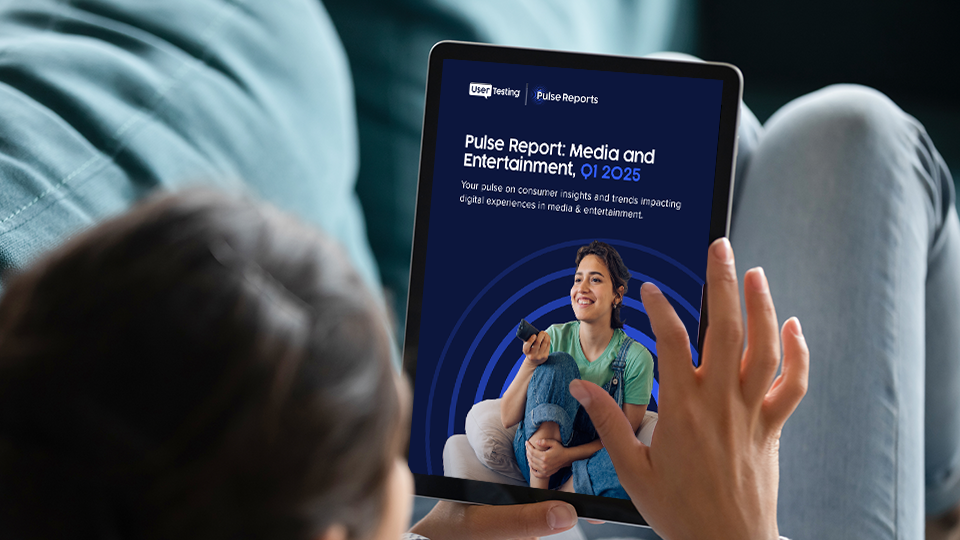
How media and entertainment pros mitigate risk

Throughout the last two decades, few business sectors have changed as dramatically as media and entertainment. Social media, the streaming boom, and other factors have caused industry giants to reassess priorities.
Entertaining change
The breakneck pace of tech advancement has reshaped how people purchase and enjoy the content, making the user experience a top priority for companies originally structured to serve the now-antiquated radio, film, and television technologies.
The industry’s shift from wholesale distribution models to retail (direct-to-consumer) means that media organizations have exponentially more opportunities for customer interaction. The question, however, is how well legacy organizations can adapt to the changing dynamics. The massive popularity of mobile platforms is a double-edged sword that will reward agile companies and leave the lumbering giants in the dust.
Communication problems
Because media and entertainment companies rely on consumer discretionary spending, they are also particularly sensitive to inflation, geopolitical instability, and supply chain challenges—all of which have become clear and present dangers recently. Of course, media and entertainment executive teams are fully aware of their vulnerabilities and are looking for new ways to reduce risk.
One effective risk mitigation strategy is an investment in agility. Adapting to customer needs as they arise is vital for organizations searching for stability. A company’s agility depends on its skill to conduct research that leads to insight quickly. Timely insights can then be leveraged into innovative ideas and business strategies.
Unfortunately, many media and entertainment leaders fear their legacy systems cannot quickly produce the necessary actionable information. As always, the challenge is understanding the human beings behind the numbers.
Despite access to tomes of viewership and usage data, many media and entertainment companies feel that their understanding of customers could be better. A study by EY found that 39% of media and entertainment executives need a deeper understanding of their customers, and 64% believe they need to define better and articulate how they deliver value to them.
If performance metrics aren’t providing the customer insights these companies seek, what will?
Know your audience for a better ROI
Risk mitigation’s missing link
Empathy and customer relationships are becoming a central focus for modern companies. The top 10 companies in Forrester’s Customer Experience Index generated significantly higher returns than the S&P 500. Although the value of a customer-centric approach is known, studies have found that only 38% of consumers feel that customer-facing employees understand their needs. In comparison, 90% of customer-facing employees believe they do.
Quantitative data may help media and entertainment companies understand how their content and products are used. But to understand users, forecast trends and solve customer problems, organizations need to be able to access qualitative data reliably.
An effective system for gathering customer feedback helps brands make hard decisions more quickly and confidently. Consistently gathering feedback allows companies to monitor satisfaction and improve the experience across every touchpoint. Ultimately, that level of empathy will allow brands to retain customers and grow.
Unfortunately, gathering customer feedback is often ignored in the name of speed. Companies rush to market as fast as they can, fearing being outpaced. Instead, they should validate their strategies before committing resources. Big decisions can often be made in a vacuum, leaving too much to guesswork and increasing the risk of unnecessary spending.
To guard against this, media and entertainment giants like NBCUniversal are already adapting to the changing landscape by adopting more in-depth research tools and even split-testing their digital experiences against competitors to see how their offerings stack up.
Three ways media pros mitigate risk
When creating great customer experiences in media and entertainment, budgets are too large, and the competition is too high to forgo mitigating risk as much risk as possible. Here are three ways that media and entertainment pros reduce risk in decision-making.
1. Validate before investing resources
Losing money is never a good thing. But for nonprofits, there’s an extra incentive to do right by donors contributing to their cause. In 2018, New York Public Radio (NYPR), the nation’s largest public radio group, acquired the Gothamist website. It was soon realized to fold the Gothamist into the existing NYPR ecosystem a new website was needed.
A web design project of this magnitude would require hundreds of little decisions. With a small, two-person UX team to get the job done, it would have been easy for NYPR to fall into the trap of making important design choices in an echo chamber. Thankfully, the NYPR team removed this risk by letting user choice dictate their decisions every step of the way.
The NYPR design team conducted remote, unmoderated interviews that allowed them to immediately drill down into the needs of the newly acquired Gothamist audience and share these insights with stakeholders to move fast. This led to a successful website launch that exceeded expectations and required additional staff to serve the new level of site traffic.
The redesign's success was built on realizations that emerged during those vital interviews. The tangible proof of video feedback eliminated any internal disagreements or stakeholder squabbling that often occurs within big projects. All of this ultimately facilitated a productive use of donor funds, an efficient project, and satisfied site visitors.
Learn more about remote unmoderated focus groups
2. Reduce the possibility of rework
Iteration will always be an integral part of the design process. But there’s a difference between iterating and returning to the drawing board. The music streaming company, Deezer, exemplifies a thoughtful approach to iteration, whereby each innovation is informed by customer feedback.
Deezer’s platform is differentiated by its Flow feature, a personalized DJ that adapts to listeners in real-time. To enhance Flow, Deezer wanted to see how they could incorporate AI to take the personalization of their music recommendations to a new level. The design team was already adept at gathering listener data. But to take their insights one step further, they worked with UserTesting to interview Deezer users worldwide.
This proactive approach to deepening their research discipline led to a fascinating discovery about the differences between casual listeners and music junkies. While heavy listeners selected music based on genre, lighter listeners selected music based on their mood. This realization led to an adaptive Moods feature that garnered one million listeners in the first month and increased listener retention. The better the retention, the more risk mitigated.
3. Rapidly adapt to changing customer behavior
The global reach and rabid fanbase of F1 racing require a robust and agile media platform that is up to the task. As the world’s leading sports destination, DAZN broadcasts over 20,000 sporting events across hundreds of territories.
DAZN’s teams are constantly focused on increasing process efficiency and enhancing user experience. For a while, one of the biggest bottlenecks on their remote design sprints was the 1-2 week lead time it took to find and interview users. The company invested in human insight to see if it could streamline the research process.
This simple addition of the right testing methodologies cut the time of their design sprints in half. The ability to gather feedback in hours rather than weeks had a ripple effect of efficiency that led to faster stakeholder buy-in and prototype validation with users. By incorporating user feedback into more processes within their business, DAZN can now react in real time and make decisions more confidently.
The new face of risk mitigation
Risk mitigation is about more than ones and zeros in the media and entertainment world. User experience and customer-centricity have become pillars of stability for organizations in turbulent times. By leveraging a user testing solution for media, brands can be more in sync with their user base, and better prepared for the fast-changing future of digital entertainment.
Pulse Reports
Pulse Report: Media and Entertainment, Q1 2025
Uncover the major trends shaping the media and entertainment industry—from the rise of streaming services to the growing influence of social media on content consumption in this quarterly Pulse Report.






